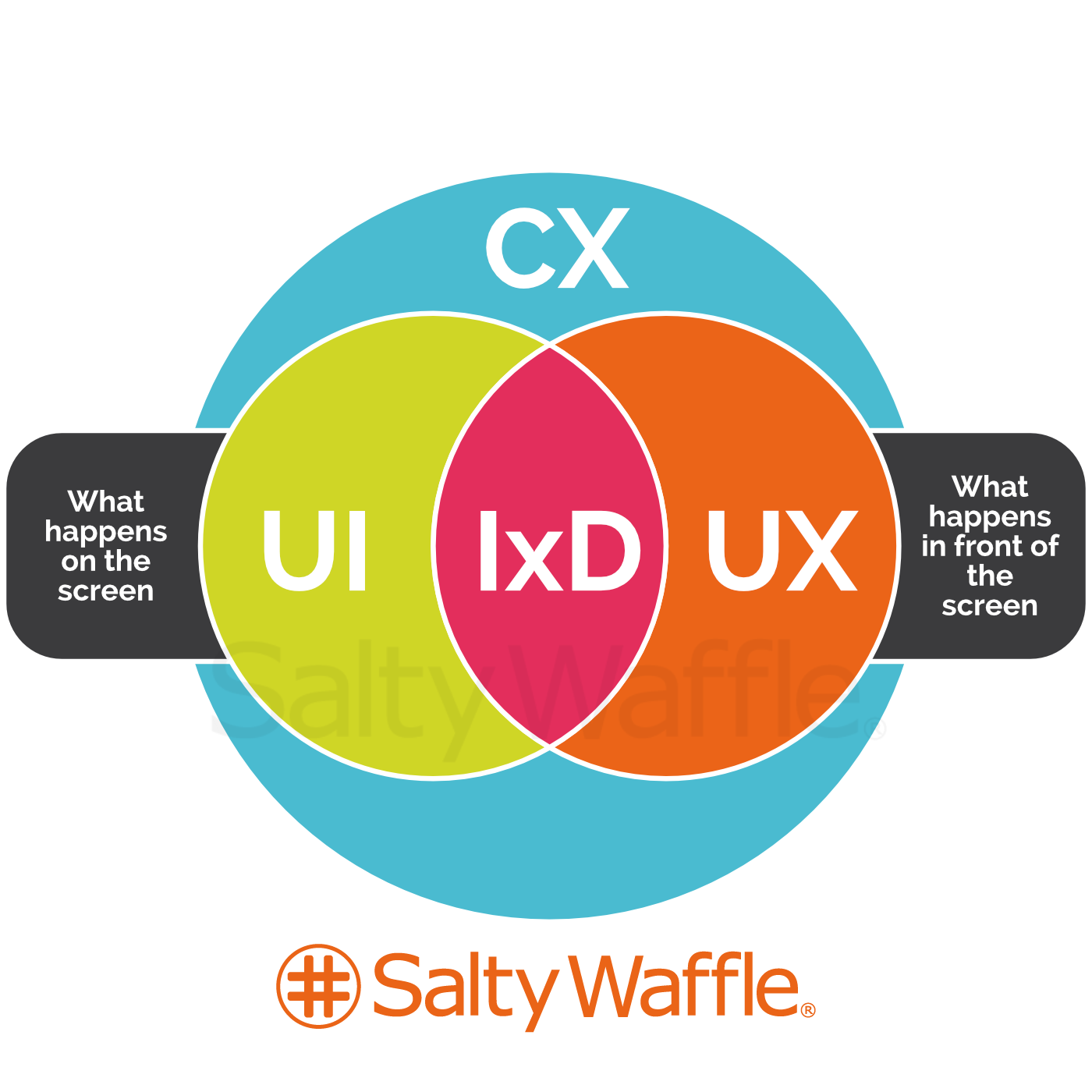It’s Tuesday, which of course means it’s time for another round of Salty’s Social Media Vocab. Today we’re diving into some common industry abbreviations with which many non-specialists may not be familiar. There’s a bit of overlap between many of these, making them potentially difficult to understand, but stick with us until the end and together we’ll make sense of it all.
UX: “User experience” generally refers to “user experience design.” It is closely related to UI (more on that in a minute), but takes more into consideration the emotional and experiential aspects of a user’s interaction with a brands website, app, or game. Essentially a UX designer attempts to connect user needs with business goals through developing and improving the interaction between users and the brand’s digital property. While the exact definition is a bit murky, in short UX designers think about what happens in front of the screen.
UI: “User interface” short for “user interface design” is closely related to UX, but is perhaps more akin to graphic design and front-end development. Whereas UX designers may spend more time coding, UI designers may spend more time researching branding and referencing brand guidelines. Again the definition is a bit messy, more broadly you could say that a UI designer translates the brand into the digital product through building the framework of the website, game, or app. In contrast to UX designers, UI designers build what happens on the screen.
IxD: “Interaction design” fits in nicely with UX and UI, but more specifically refers to how a user will interact with a product. On the software front, this includes moving elements and interactions. Although similar to (and potentially has a lot of overlap with) UX design, the IxD specialist specifically focuses on how the user will interact with the website or app. Ultimately IxD must consider the end product of both UI and UX design.
CS: “Customer support” is the process by which a company attempts to create a positive customer experience (CX), particularly when a customer is having trouble with a product or service. Customer service has historically occurred over phone or email, but many brands offer CS via live chat on a website or any number of social media platforms.
CX: “Customer experience.” Every single one of the above is as pillar of Customer Experience, but CX refers to the overall experience a customer has when interacting with a brand.. CX covers every touchpoint that a customer has with a brand, from physical mailers and events, to social media posts and any part of the digital experience. Every detail down to unboxing a product falls under the CX.
Are these relationships somewhat confusing? Sure, but good news: we created this handy chart to illustrate how UI, UX, IxD, and CZ all work together and with respect to users.

Thanks for learning with us today. Do you still have questions? Think some of these distinctions are redundant? Let us know below in the comments. Until next Tuesday!

